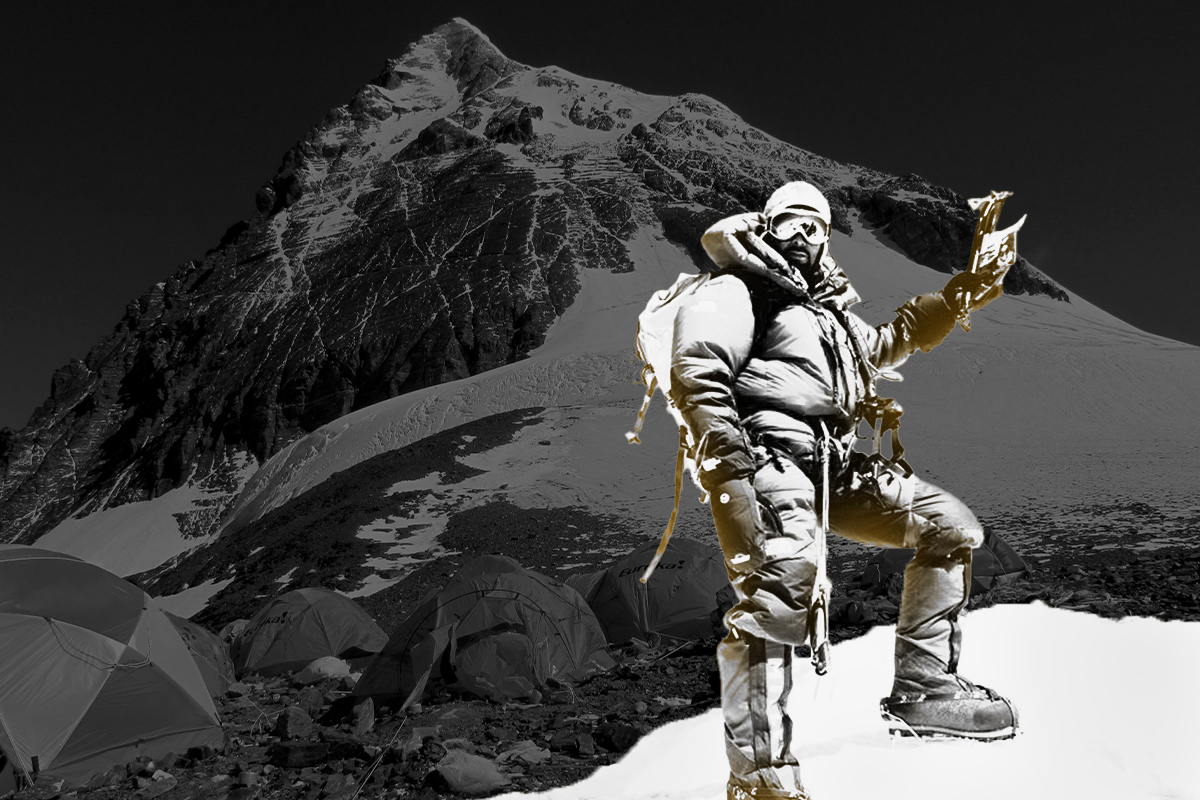What’s more dangerous than climbing Mount Everest? Climbing Mount Everest during a pandemic.
Nepal closed its Everest trails last year, dealing a crippling blow to the country’s tourism-dependent economy, but has reopened them this year with additional safety protocols. Mountaineering tourism employs around one million people in the nation of 30 million.
The tallest mountain in the world (measuring from sea level), has become a tourist magnet in the last 20 years.
- The number of people reaching the summit grew from just over 100 in 2000 to a record 876 in 2019, bringing in $2 billion in revenue.
- The physical stress of ascending to 29,029 feet causes heavy spending on oxygen tanks and masks, mountaineering equipment, sherpas, and other support staff.
The extra traffic had serious consequences: 11 people died on the mountain in 2019, in part because heavy traffic on trails slowed ascents and descents, further exposing them to the elements.
The reopening comes at a precarious time: coronavirus cases in Nepal had dropped off since their peak in October and November but have crept back up a bit during March. Meanwhile, conditions are far worse in neighboring India, which had its highest day of new cases on record on Sunday.
To start their journey, travelers will have to show a vaccination certificate or a negative RT-PCR test at the Kathmandu airport before taking on the vaunted peak.
















